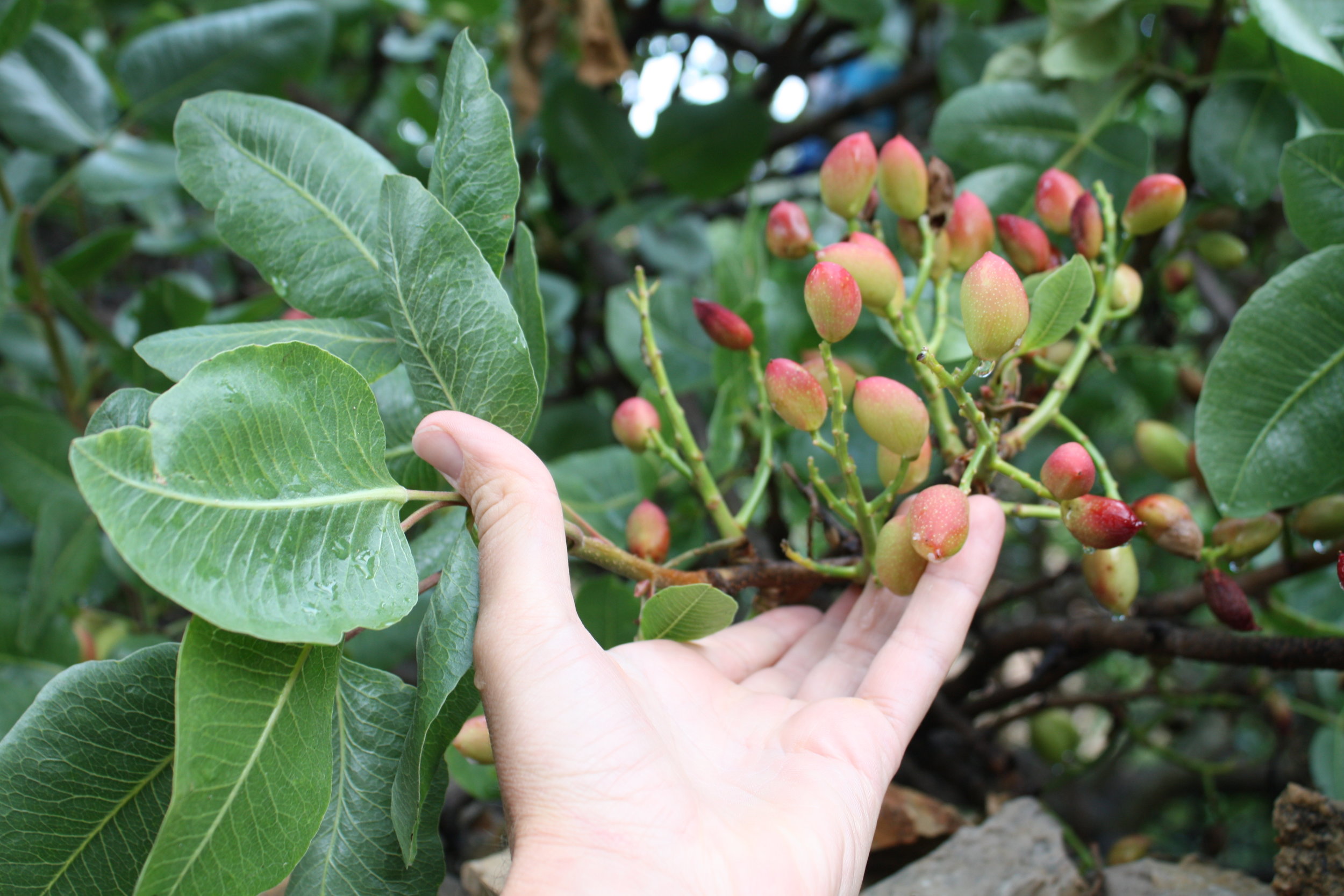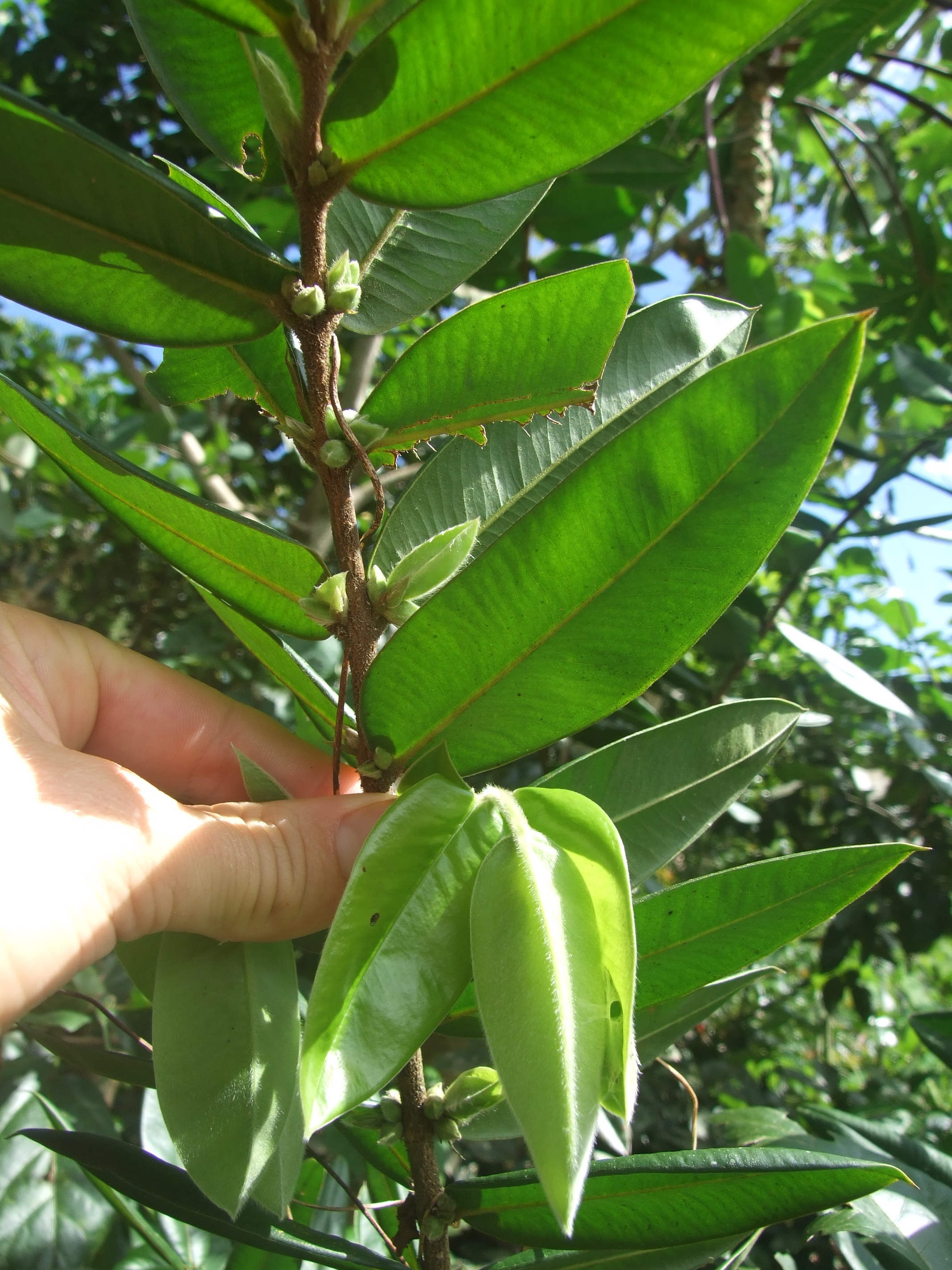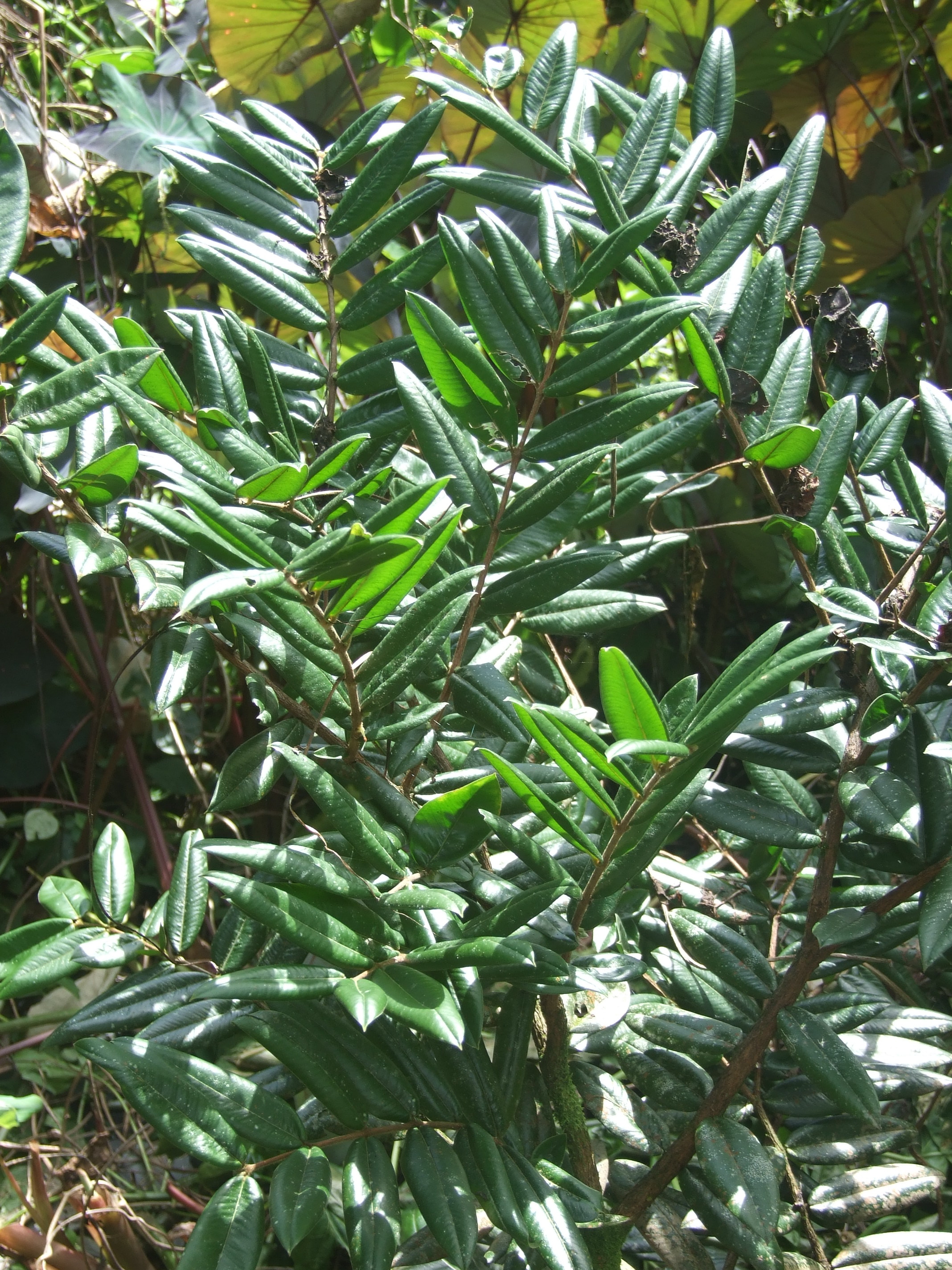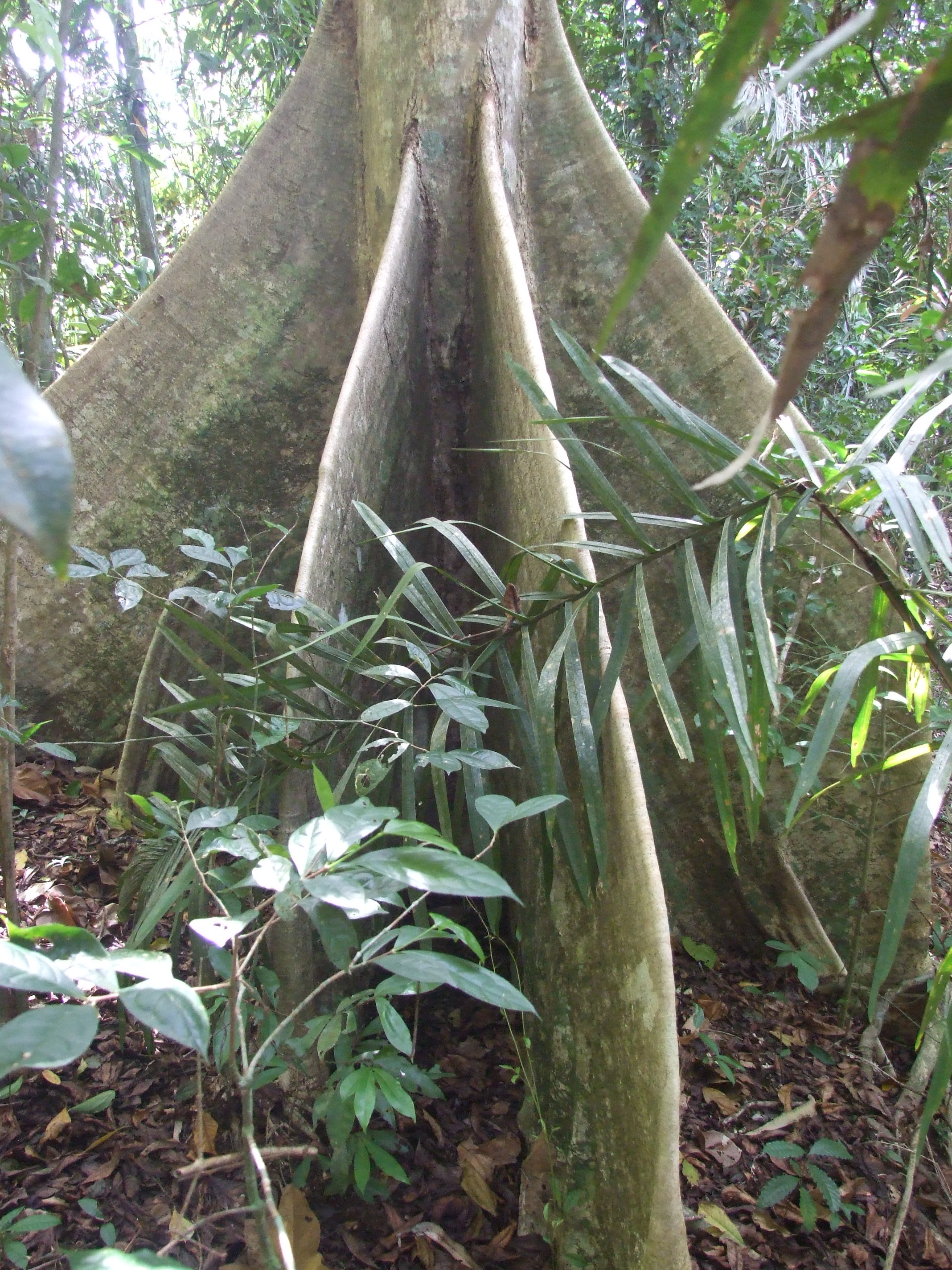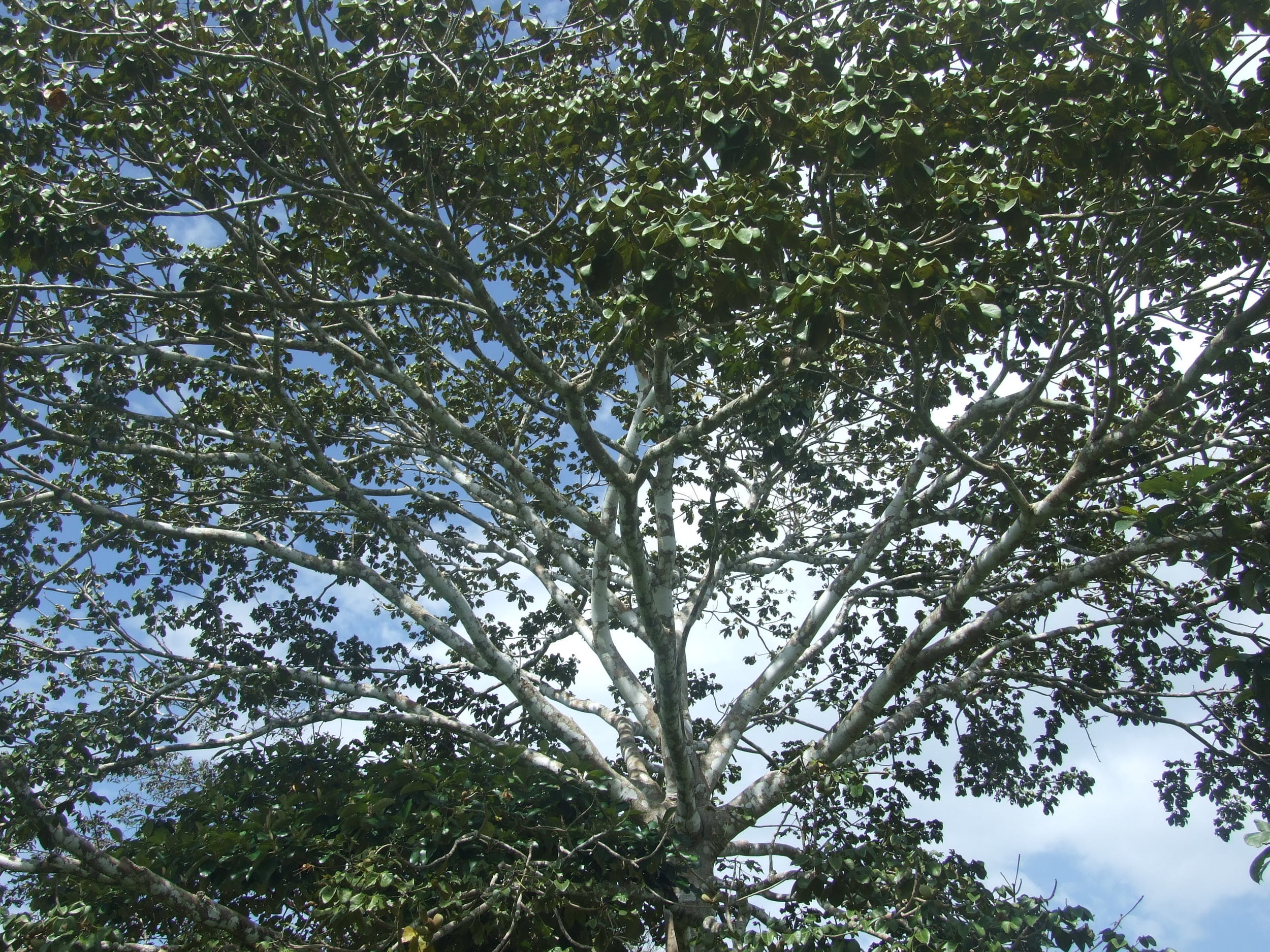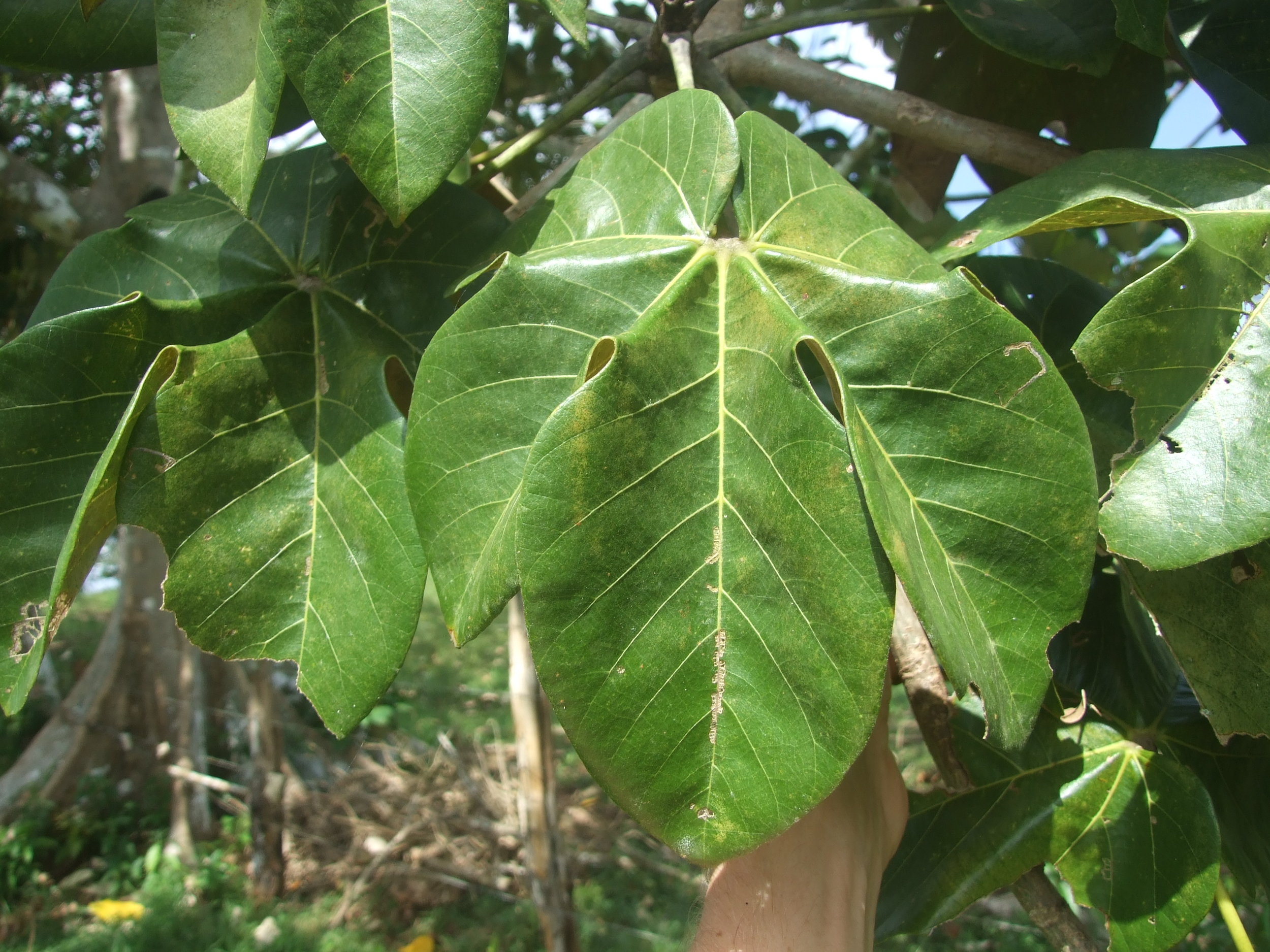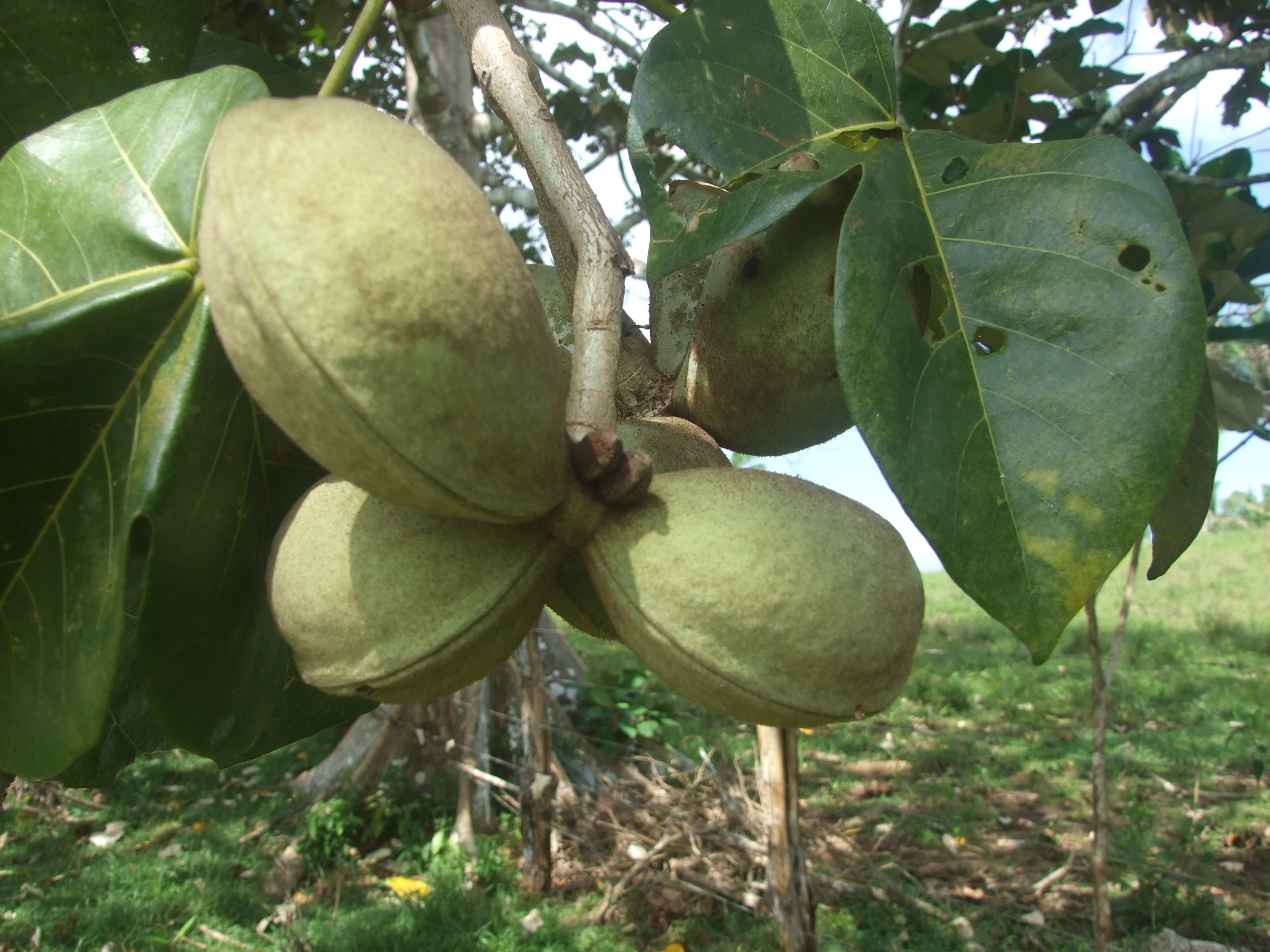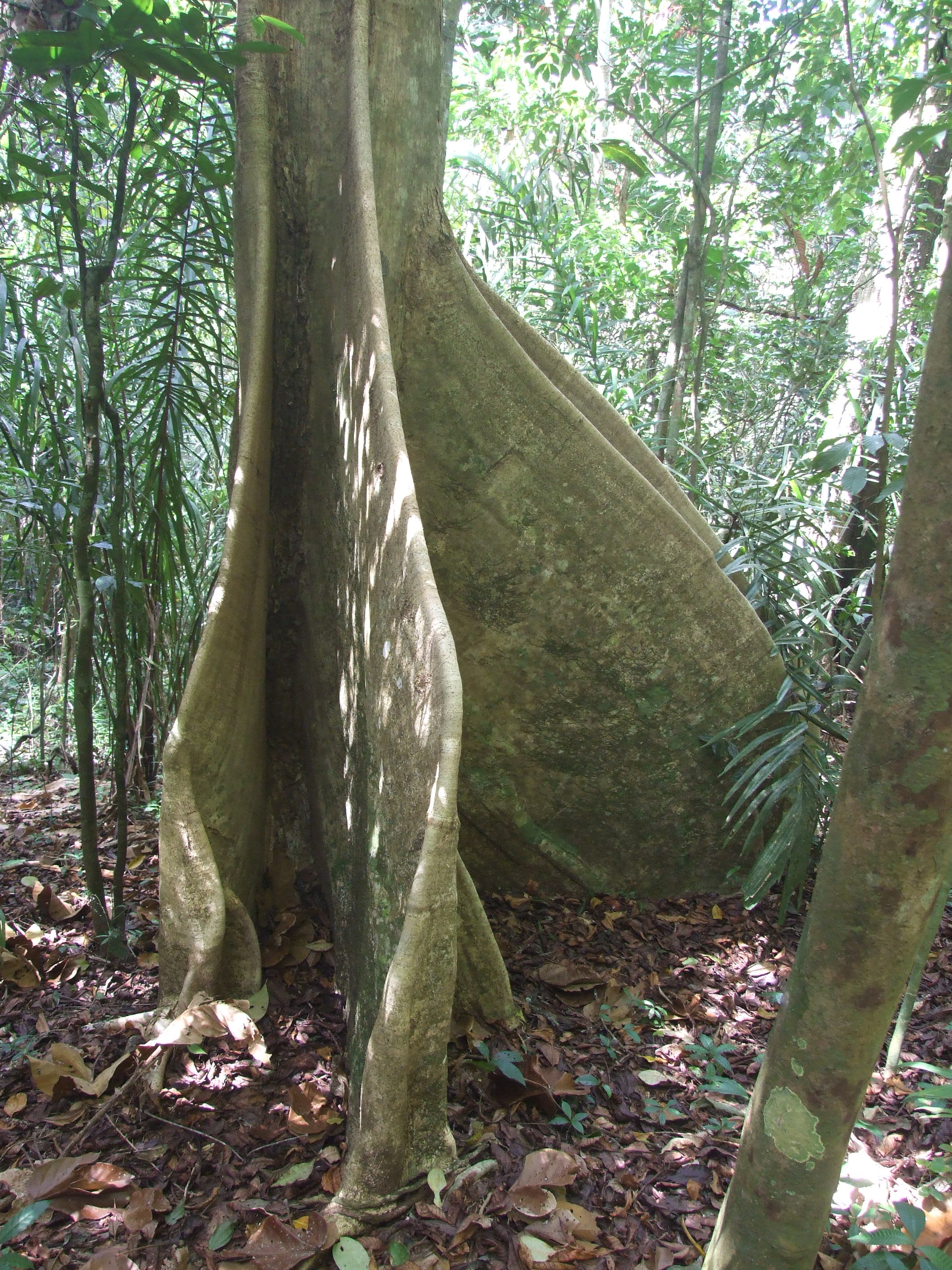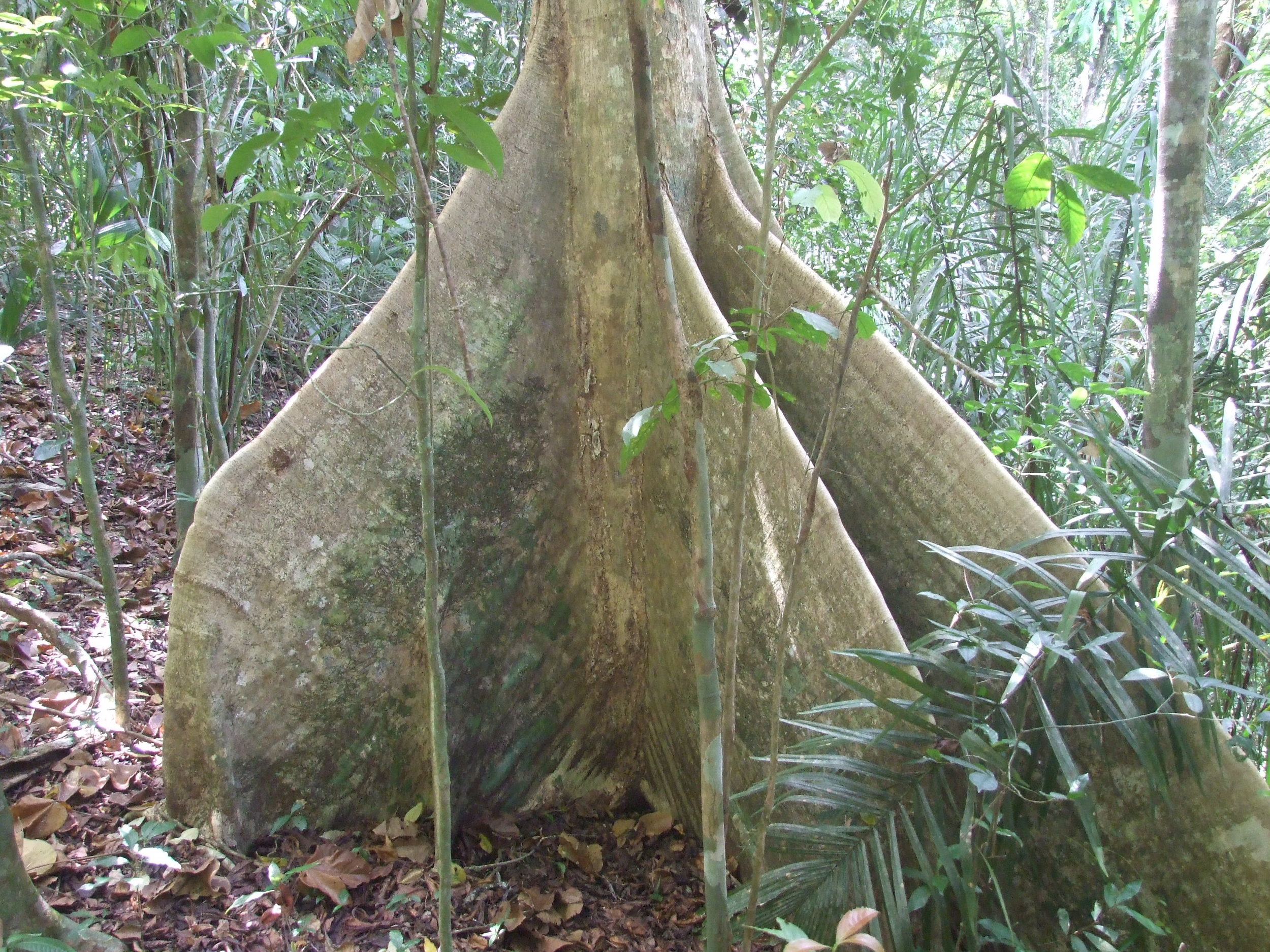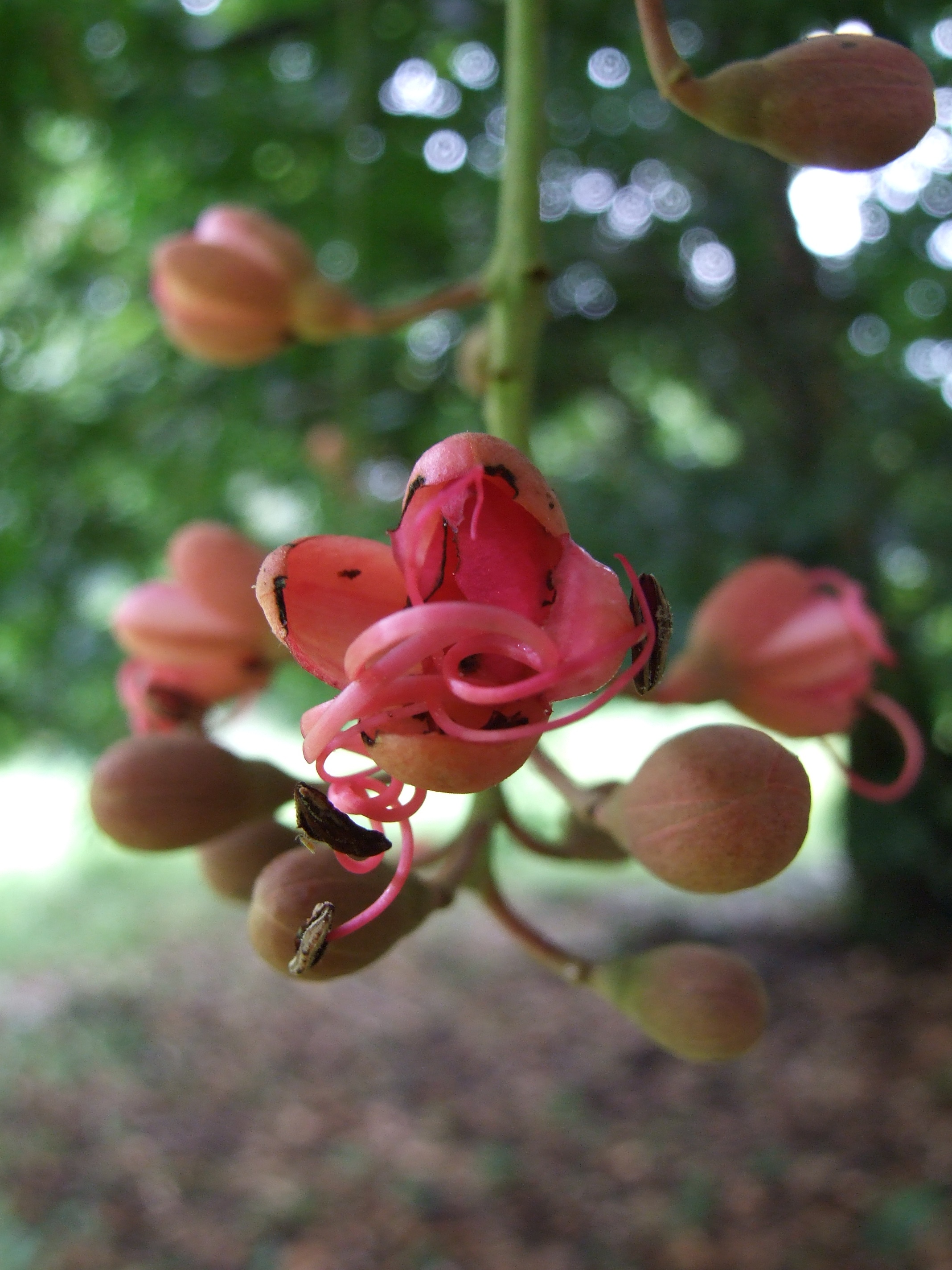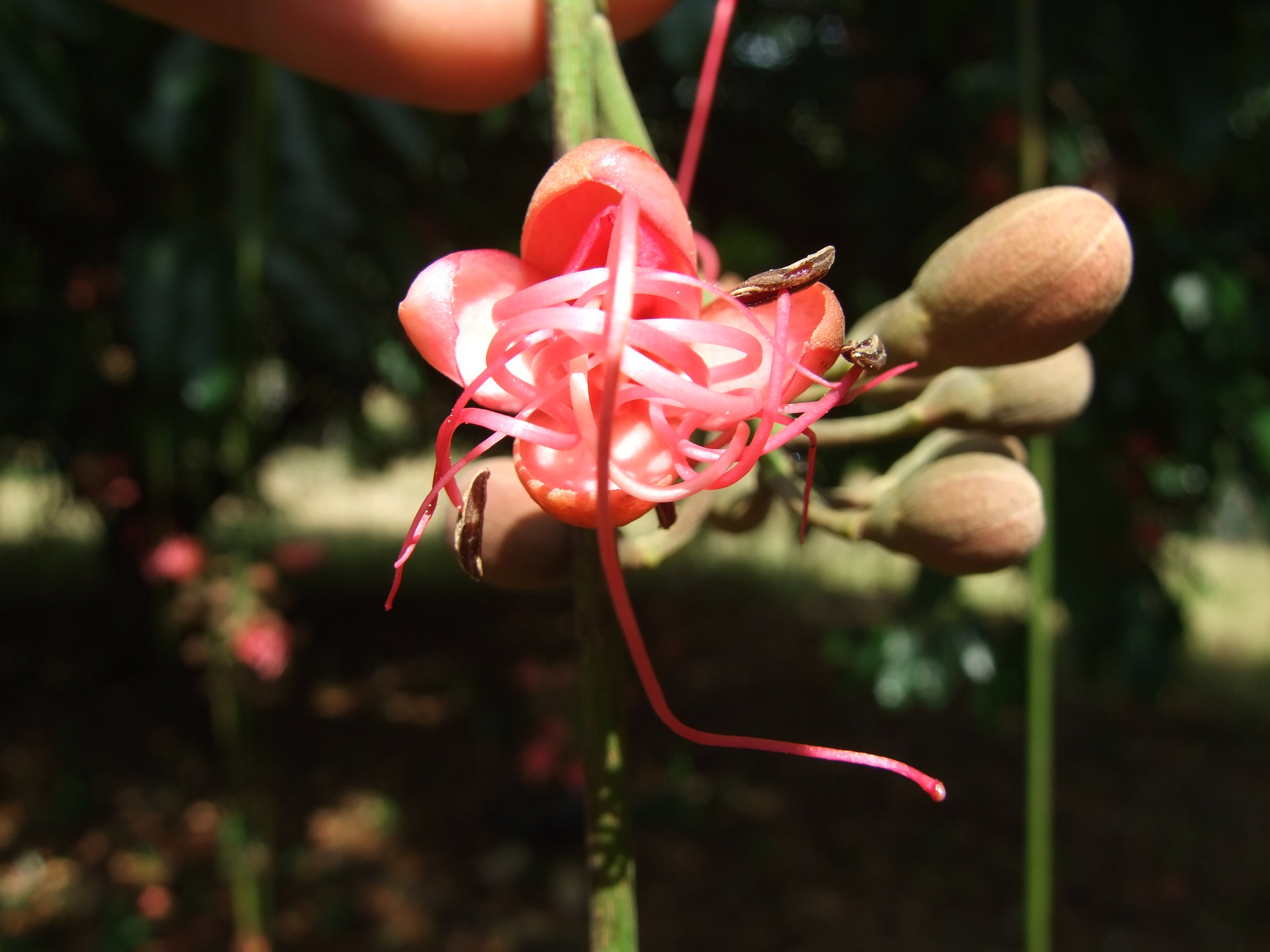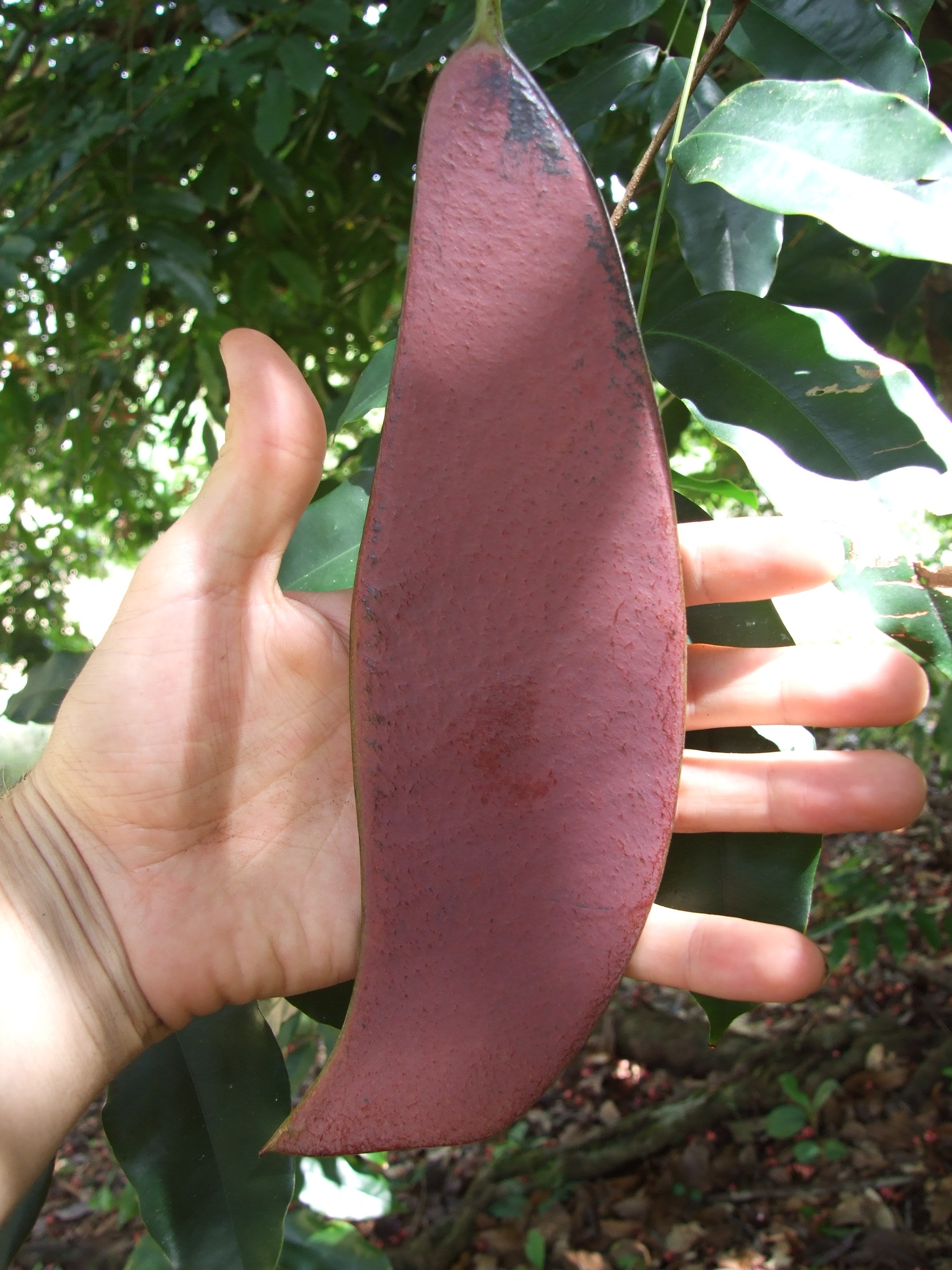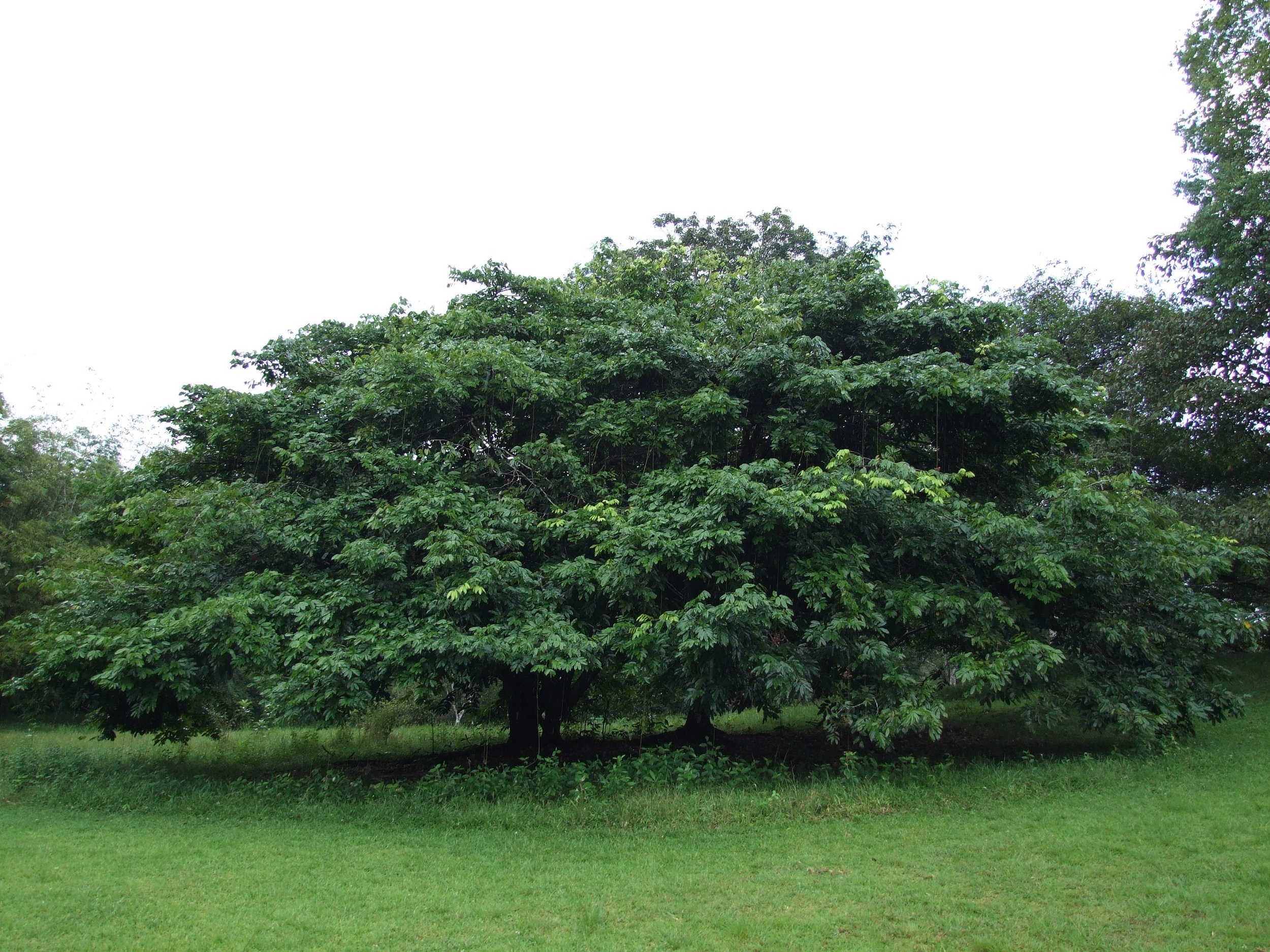Related to Mango, Cashew, and Pistacio (among other notable species). Pseudospondias microcarpa, or Offass, is known in English as African Grape. The species is distributed throughout countries of Central West Africa, including Angola, Benin, Cameroon, Central African Republic, Congo, Equatorial Guinea, Gabon, Ghana, Guinea Bissau, Guinea, Ivory Coast, Liberia, Malawi, Nigeria, Senegal, Sierra Leone, Sudan, Togo, Uganda, Zaire. I took this photo in Gabon.
The tree produces an edible fruit, the wood is soft and used for canoes, and the bark yields a red dye.
Additional common names include: Akatani, Akataw’ani, Bagambanimpyata, Doleke, Dowei, Dueke, Emiri, Ka-dibia, Kata’wani, Kataw’ani, Kekerakuchi, Muziru, Okika, Okika aja, Onyangba, Osunyane, Pohn, Sunyan, Tamia.
I took the photo below in Gabon, Central West Africa.


